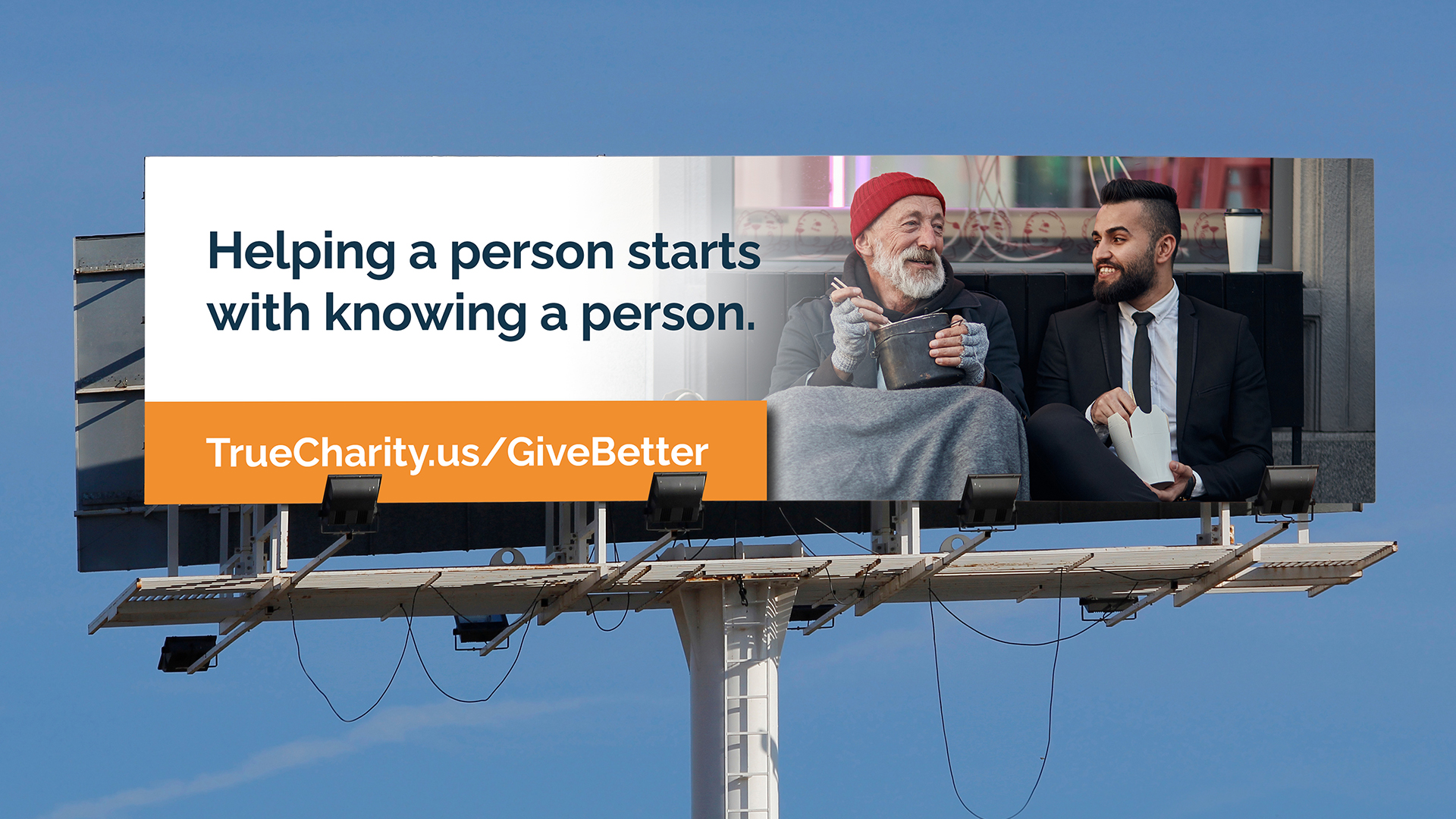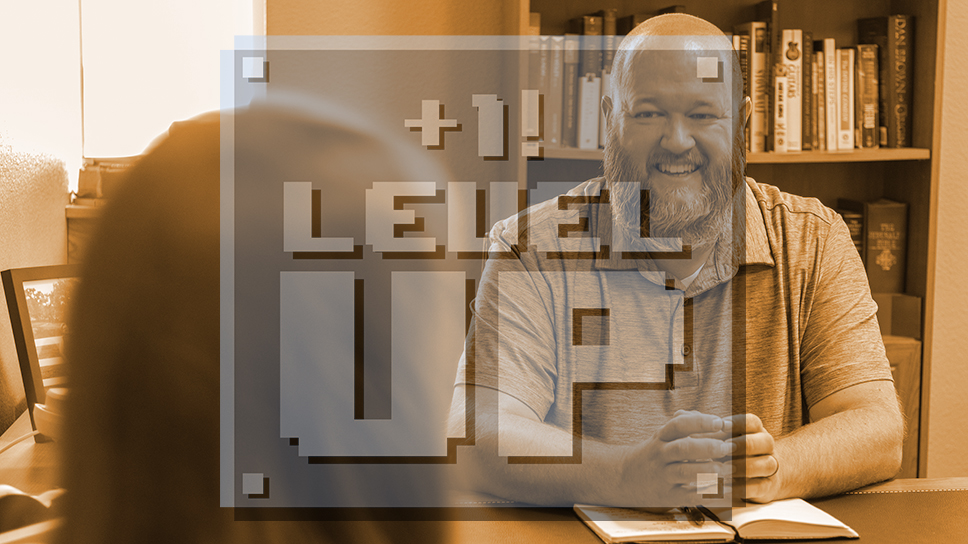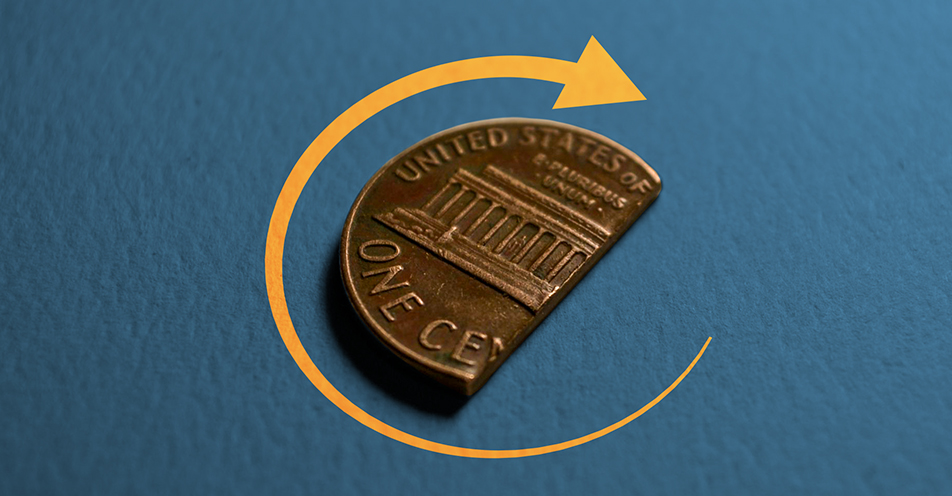A public awareness strategy can enrich your organization, those you serve, and your greater community-but how do you get started? TCI’s Jeff Lofting provides the rationale for and steps to effectively communicate your work and the reasons behind it.
How do we shift the balance of our programs from relief towards development? How can we meet vital and basic needs repetitively without also being complicit in the dependency trap? How can we motivate the people we help to do more to help themselves? How can we level up? Look up, expect up, and size up.
How can you set up your mentoring program to affirm the unique gifts of each mentee, encourage mutuality, and set the mentee up for self-sufficiency after the program ends? Check out these three ideas from our upcoming Mentoring Model Action Plan.
What do pioneering rock band Van Halen and a popular candy have to do with effective charity? If we learn a lesson from that connection, we can find clients who are ready to invest in their own success. TCI’s Nathan Mayo explains in his recent article.
The obsession with slashing overhead has resulted in fewer resources for charitable efforts. There is an alternative—a measurement that can drive funders to support your cause without forcing you to chase a metric that rates you higher when your organization is starving.
More and more nonprofit leaders are looking at ways to eventually become “completely self-sustaining.” Aiming to build enough of an endowment or revenue generation programs that they no longer need to rely on donors. But there’s a lot to like about the dynamic, so why work to eliminate it? TCI’s Travis Hurley offers three reasons for reliance on a donor base.







